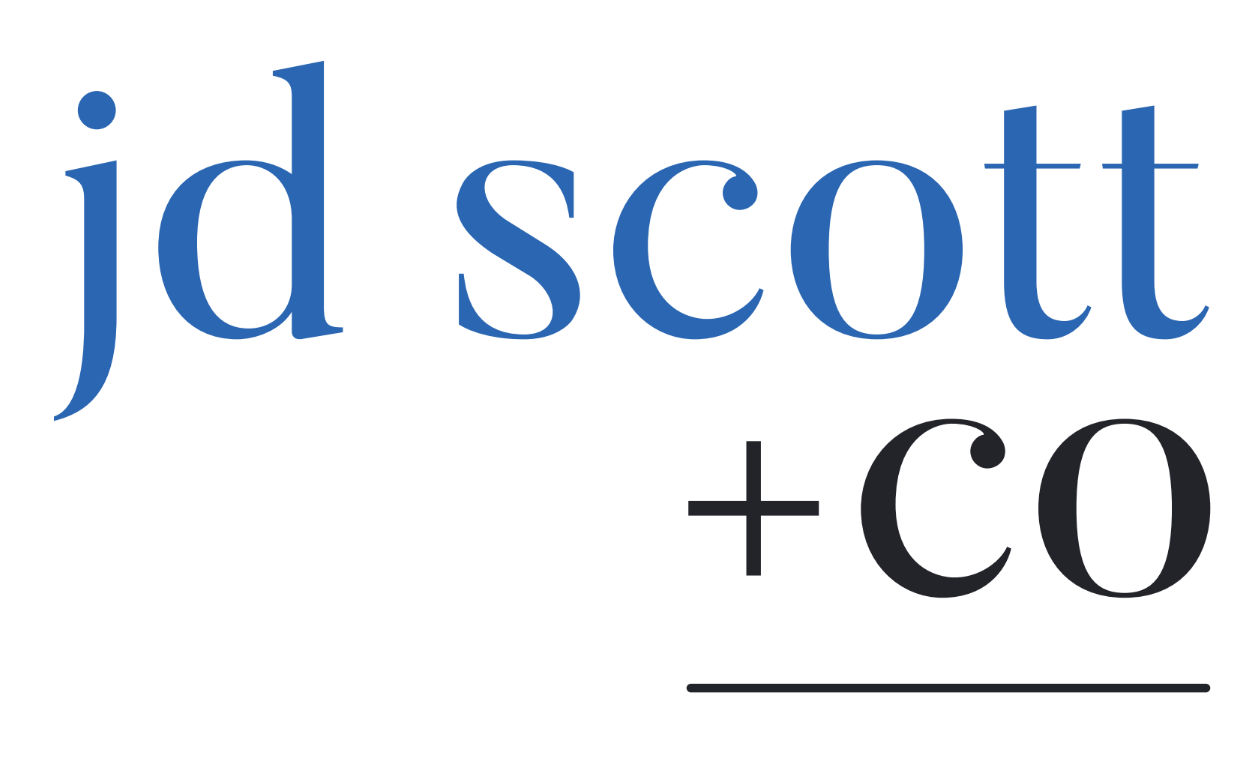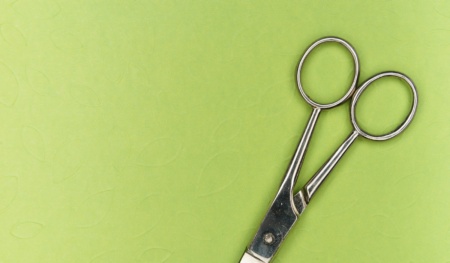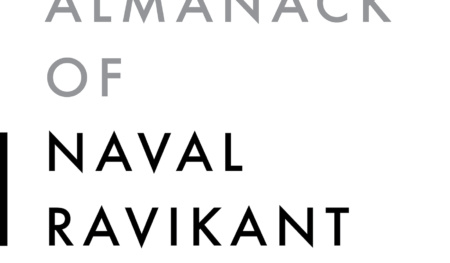How much should you charge for your products or services? There are many factors to consider, from competitor pricing, target market and your cost to deliver. Your break-even point is the minimum amount you have to charge for your product or service in order to cover your costs. Or to put it another way, calculate your break even point to work out how many you need to sell to make a profit. Sell for less than the breakeven amount and you make a loss. Sell for more, make a profit.
When sales equal costs
Your business will incur costs in order to operate. You have fixed costs (business overheads) that you must pay each month to keep your operation running.
You also have other expenses that will vary with sales levels. These variable costs include supplies to make a product or to stock shelves (if you sell more, you’ll need more), freight, commissions, and extra labour to produce your goods.
All of this means that a typical business in its early stages will run at a loss until the point where revenue from sales equals costs. This is known as the break-even point.
As sales continue to increase faster than your expenses increase, you generate a profit. Your profit is your reward for taking a risk and starting a business.
Below are two quick and ready ways to test the feasibility of your business. They presume you know both the fixed costs of running your business and the variable costs of producing a product or selling a service.
How manufacturing businesses calculate breaks-even point
A manufacturing business calculates a break-even point by taking into consideration not only their overheads, but also the cost to manufacture their goods. Here’s an example for a business making garden benches out of wood.
First, work out the gross profit on each bench. This is the difference between the selling price of the product and its variable production costs. That is, how much it costs you to produce each bench.
The cost of each bench
| Your research shows a realistic market price for each bench is: | $120 |
| Labour cost ($40) and materials ($25) for each chair come to: | $65 |
| The difference between $120 and $65 is your gross profit: | $55 |
What you want from your business
| To justify the risk, you want a salary each year of: | $80,000 |
| The overhead costs of running your business are: | $20,000 |
| Therefore, the annual gross profit you need on sales is: | $100,000 |
How many sales do you need?
To find out how many benches you must sell each year to meet your salary goal, divide the required $100,000 gross profit by the gross profit per bench of $55. The result shows you need to sell 1,818 benches a year.
How does that average out per week? If you decide you want at least a four-week break every year, divide 1,818 by 48 weeks and your break-even sales target is 38 benches a week.
Do you think you can sell an average of 38 benches a week? Remember, this is a break-even point only. It will pay your required salary, but there’s no extra profit margin in there to grow your business.
Try your own figures.
How a service business calculate breaks-even point
In a service business, you’re selling time, so you take a slightly different approach. Let’s presume the goals remain similar and you’re working alone, except for one part-time person doing office tasks so you can spend more time with customers. This salary adds $20,000 to your overheads.
What you want from your business
To justify the risk, you want a salary each year of: $80,000
| The overhead costs of running your business are: | $40,000 |
| Therefore, you’ll need to bill out: | $120,000 |
What time do you have available?
You decide to work 5 days a week, for 48 weeks, or 240 days a year. Subtract another 15 days for sickness and holidays, leaving a total of 225 working days.
You plan to put in at least 8 hours a day but allow 3 hours for travelling and work such as marketing and quotations. This leaves 5 billable hours a day.
Your hourly charge-out rate
Now you’re ready to calculate your charge-out rate.
Billable hours per year = 5 hours per day x 225 working days – or 1,125 billable hours.
Divide your goal of $120,000 by 1,125 billable hours and your minimum charge-out rate per hour must be $107. Remember this is just the break-even figure to cover your costs and salary. There’s no extra profit to expand the business.
Some questions to ask include:
-
- How does an hourly rate of $107 compare with the industry average? Is it competitive?
- Can you really bill out $535 a day (107 x 5 billable hours), or $2,675 each 5-day working week?
Try your own figures to see what hourly rate you come up with and decide if the rate is both competitive and feasible. Will you be able to meet that goal of 25 billable hours each week?
Use a cash flow forecast
Use a cash flow forecast to check your break-even calculations. This will force you to think more carefully about both variable costs and fixed costs. Get advice if necessary from an accountant because a portion of some costs, such as extra power use, may properly belong in variable costs of production rather than fixed costs.
Completing the sales side of your cash flow forecast will also help you identify how long it might take for your venture to break even.
For example, in the manufacturing example, the business needs to sell 1,818 garden benches over the course of the year. However, demand would likely be slow in the winter months before picking up in the spring. Meanwhile, the business’s running costs still need to be paid.
The bottom-line figure for each month will show you both when your business is likely to break even and how much funding you’ll need to keep your business going until then.
Wrap Up
When you combine break even analysis, with other analytical tools such as customer lifetime value analysis, you end up with a very comprehensive view of what your business can do. Will it make you enough to justify the risk or do you have to tweak something in the business model to make it perform at its best?














